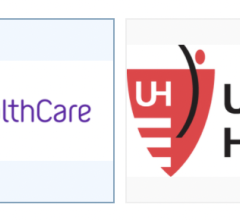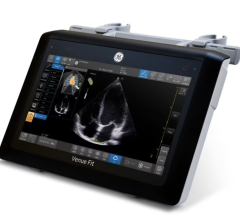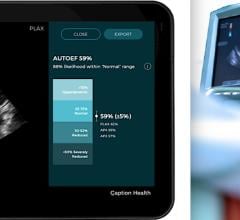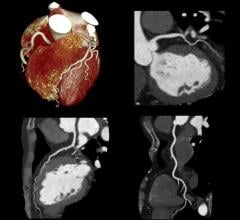Compared to higher-priced combination treatments, the least expensive, single-modality cancer treatment may cost more in the long run because of the costs associated with treating complications and recurrence of cancer, said the Radiation Therapy Oncology Group (RTOG) study’s lead author Andre A. Konski, M.D., M.B.A., M.A., a radiation oncologist and director of clinical research in Fox Chase Cancer Center's radiation oncology department.
The study examined costs for patients with Medicare insurance who had taken part in an RTOG clinical trial, #9111, for locally advanced laryngeal cancer between 1991 and 1996. That randomized phase III trial was designed to compare three treatment regimens — two combining radiation therapy and chemotherapy and one using only radiation therapy.
The specific aim of the new RTOG cost-benefit analysis was to evaluate the cost-effectiveness of the combination chemotherapy and radiation treatments compared to radiation therapy alone as viewed from the payer's perspective. Of the 547 patients who took part in RTOG 9111, Medicare cost data and clinical outcomes for 47 months were available for 66 patients.
"Although radiation alone costs less in and of itself, the expected mean 47-month cost of that treatment was $57,357-compared to the two treatment arms that included chemotherapy," Konski said. "Concurrent chemo-radiation cost a little more $57,870, and represented an incremental increase of $697 per life year of overall survival and $2,048 per disease-free life year."
"Induction chemotherapy plus radiation therapy was the most cost-effective," Konski concluded. "At a 47-month cost of $49,018, this treatment saved $7,031 per disease free and $9336 per life year of total survival."
News | November 15, 2006
© Copyright Wainscot Media. All Rights Reserved.
Subscribe Now


 March 06, 2024
March 06, 2024 









